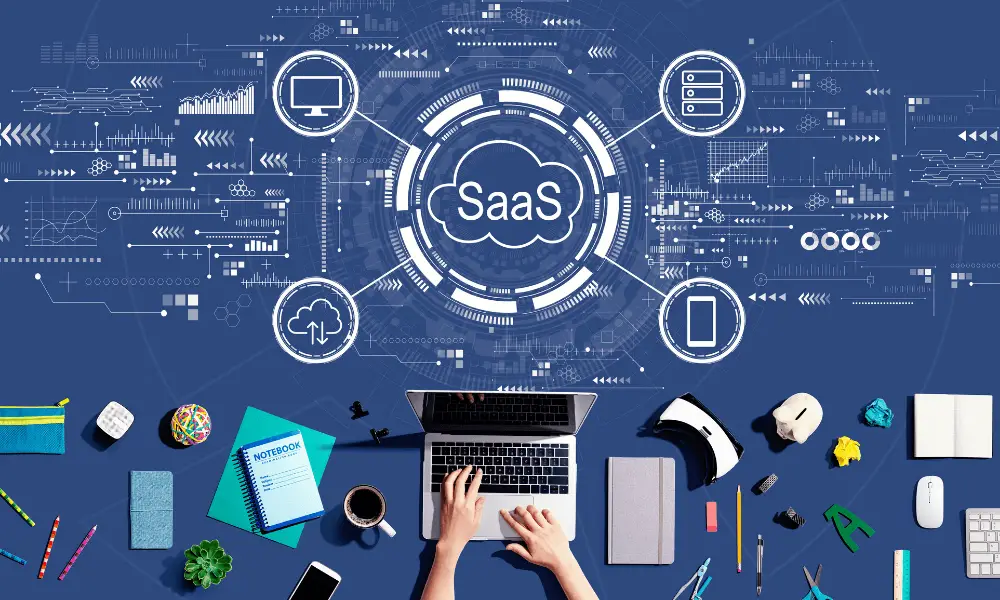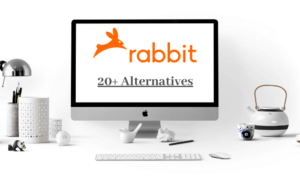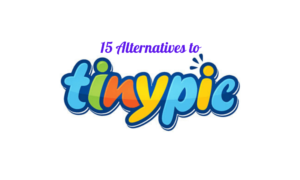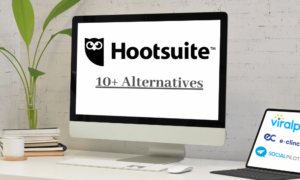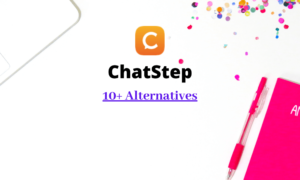SaaS applications are all the rage these days. The main benefit of a SaaS app is that you can access it from anywhere and don’t have to worry about hardware upgrades or maintenance. However, SaaS security issues can be a huge problem for both users and providers if they are not handled properly. This article discusses some of the most common security problems with SaaS applications as well as best practices to prevent them.
What Should Be Included in a SaaS Security Policy?
A good SaaS security policy should include:
- The type of data that is being stored and processed by the SaaS application
- Details on how user authentication will be handled
- Password requirements, including length and complexity
- How often passwords will need to be changed
- Firewall and antivirus protection settings
- Access controls (who can access the application, what they can do)
- Data backup and encryption details
When putting together a SaaS security policy, there are many different things to consider. Your SaaS provider should provide you with some guidance on what they recommend including in your policy, but this is just a shortlist of the most important items that should be included.
See Also: IaaS vs. PaaS vs. SaaS – Which Cloud Strategy Is Right for Your Organization
6 Most Common Security Problems with SaaS Applications
SaaS apps are often designed to allow users access anywhere; that’s a great feature for accessing work remotely. However, it opens up many more doors for potential security breaches. Some of the major security issues with SaaS applications are:
1. Data Theft
SaaS applications are designed to store as much information on the provider’s servers rather than users’ devices or laptops. This makes it very convenient for providers but also presents a huge risk to users if their login details and security codes are stolen in an attack of any kind.
2. Malware Attacks
While SaaS providers do their best to prevent malware attacks and keep malicious users out, there are still many risks. If a user gets infected with a PC virus or spyware while using the application, they could potentially infect other devices through it as well since everything is stored in one central location.
3. Data Loss
Another risk with SaaS applications is data loss. If the provider’s servers go down or experience an attack, users could lose their data. This has happened before with some high-profile providers, so it’s important to be aware of this risk and have a backup plan in place.
4. Misconfigured Access
It’s easy to misconfigure the access rights when setting up a new SaaS application; that’s another common security risk. If there are too many users with admin privileges or certain accounts that have weak passwords that can be easily hacked, it could lead to major breaches and data loss down the road.
5. DoS or DDoS Attack
A DoS or DDoS attack could be launched on your provider, which in turn makes it difficult to access your data and can make them inaccessible. There have been some high-profile attacks like this that brought down major applications for almost a month while they recovered from the situation.
6. Unauthorized Access
One of the biggest risks with SaaS applications is unauthorized access. If someone gains access to your account, they could potentially see all your data and even delete it or change it without you being able to do anything about it.
These are just a few of SaaS applications’ most common security issues. As you can see, both users and providers need to be aware of the security issues with SaaS applications and how they can prevent them.
You May Like: Why SaaS Is The Best Business Model

7 Best Practices for SaaS Providers
As a SaaS provider, you need to ensure that your application is secure for users and yourself. Some of the best practices to ensure this include:
- Have a strong password policy that complies with industry standards.
- Keep up-to-date on security patches from third-party software providers (like Adobe, Java, etc.) as well as operating system updates.
- Monitor network activity to ensure that no suspicious activity is detected.
- Provide regular security training and awareness initiatives to users and staff members (to know how they can detect a breach).
- Have sufficient backups in place for data loss or other incidents. This way, if you do suffer an incident, your business will not be impacted too severely by it.
- Conduct regular audits of your security systems and processes such as smart contract audits, penetration testing, risk, and vulnerability assessment.
- Occasionally scan and test your SaaS application for vulnerabilities.
See Also: SaaS Industry Trends and Future of SaaS
10 Best Practices for SaaS Users
As a user, you should also be aware of the security risks associated with using SaaS applications and how to protect yourself from them.
- Keep your antivirus and firewall protection up-to-date and enabled
- Be aware of the security risks associated with using SaaS applications and how to protect yourself from them
- Only visit websites that you trust, and always check the URL to make sure it is correct
- Never install updates from a source that you don’t trust
- Be aware of social engineering attacks, where someone tries to trick you into revealing your login credentials or other sensitive information
- Never enter your login credentials into a pop-up window that you don’t recognize – always type the URL directly into your web browser.
- Be suspicious of any emails or links that claim to be from your SaaS provider and ask for your login credentials – these are likely phishing attempts.
- Only visit websites you trust and always check the URL to ensure it is correct.
- Never install software or updates from a source that you don’t trust.
- Be aware of social engineering attacks, where someone tries to trick you into revealing your login credentials or other sensitive information.
You May Like: Can I Host QuickBooks in the Cloud?
Conclusion
SaaS applications are becoming increasingly popular as more businesses and people turn towards cloud-based solutions for their computing needs. This means that the number of SaaS security issues will continue to increase over time and will attract cybercriminals’ attention.
Following the recommended best practices for SaaS users and providers can help you minimize the risk of security issues with your SaaS application. If you follow these best practices, then it is likely that any breach will be minimal or manageable enough not to impact your business too much.
However, if you do suffer a breach, it is still important to get in touch with a reputable IT security audit company to assess your SaaS application and identify the breach. This will allow you to quickly take action, such as changing all of your passwords or updating software that may be vulnerable.

